With 260 pages of "real-life" content, author Hoang Nam Tien - who has been withFPT Technology Group for nearly 32 years and is also one of the leading speakers on management - has gone beyond conventional theories to talk about AI as a "great flood" that is sweeping away all old models, while opening up new opportunities for those who know how to take advantage.
According to him, not only from a technological perspective, AI has become a social, economic and strategic factor, from automated production lines, AI Agent digital employees, to changing leadership thinking and business operating structure. This is no longer a game for technology people, but a matter of survival for every organization.
The main message throughout the book is a sobering reminder: AI won’t replace you, but those who know how to use AI will. In the first chapters, the author describes how AI is becoming a tireless, emotionless digital employee who can work 24/7 with outstanding productivity. The story of FPT Long Chau applying AI to train tens of thousands of pharmacists is a typical example of practical effectiveness.
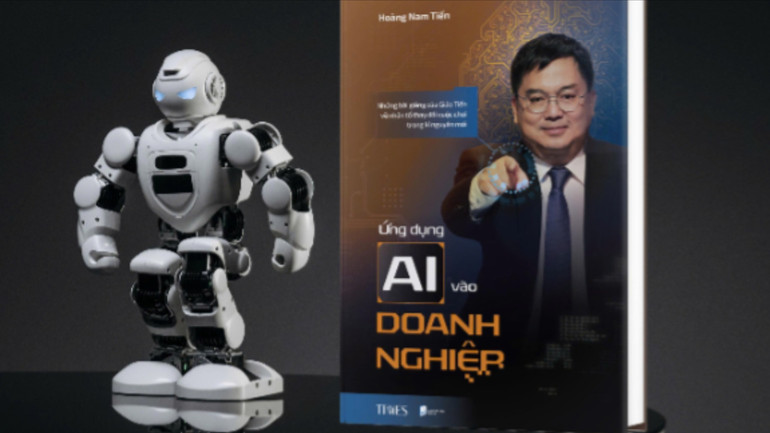
In this book, the author has raised many practical issues.
In addition to analysis, the book is also highly instructive when it provides a 3-stage roadmap: Accept - Leverage - Prioritize AI. The author recommends building an "AI Playbook" - an internal handbook to help businesses standardize the AI application process with clear processes, tools and principles.
Accordingly, the key to overcoming the "AI Barrier", which is considered the biggest obstacle in an organization, is not software or hardware, but leadership thinking, fear of change, and the ability to relearn.
In the final chapters, the author returns to the very "Hoang Nam Tien" identity, expressed from the perspective of a technology expert and an inspiration.
Specifically, the layout and specific content of the chapters are scientifically structured. Chapter 1 focuses on an overview of what AI has created and is creating. AI is like a cataclysm, a historical change similar to previous industrial revolutions but with unprecedented speed and scale. Not only stopping at support tools (like ChatGPT) but also evolving into AI Agents - autonomous "digital employees", capable of replacing most human work, including leadership.
This cataclysm is having a profound impact on everything from automated manufacturing, revolutionized medicine, to even fields that require complex thinking like programming.
Chapter 2 focuses on AI Agents - autonomous systems that can analyze, plan and act like a real employee, working tirelessly and without emotion. In this chapter, the author emphasizes that AI Agents are reshaping the labor market, setting new requirements for recruitment. AI is strongly penetrating all core business activities, such as: sales, marketing, human resources, finance and accounting, operations and even building corporate culture.
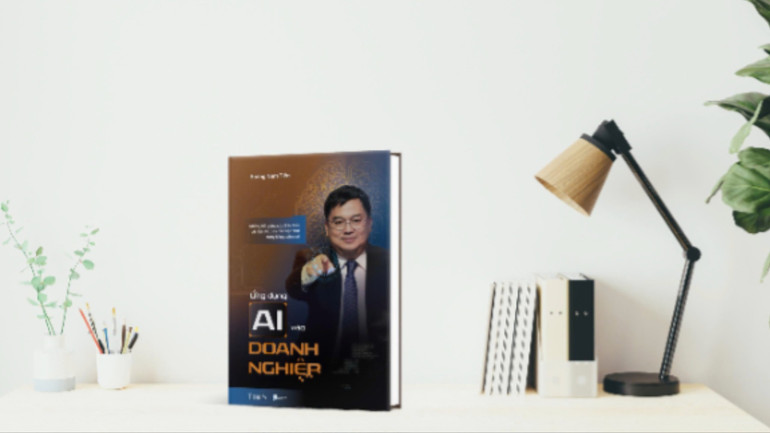
The work contains both useful data and affirms a vision for the future.
Chapter 3 focuses on one of the most pressing problems created by AI: a new “useless class” of both unskilled workers and white-collar professionals.
Chapter 4 emphasizes the role of leaders in the AI era. Lessons from the collapse of Nokia or the current difficulties of Intel show that not changing will lead to failure. Leaders in the AI era need to be equipped with a new set of thinking capabilities including the ability to "un-learn to re-learn" - forget old knowledge to learn new things and "think differently, do differently" - rethink.
Chapter 5 addresses businesses on the threshold of change. The biggest challenge for businesses is not technology, but fear and reluctance to change. To overcome the AI barrier, businesses must turn fear into an opportunity to break through.
In Chapter 6, the author presents in detail the roadmap for bringing AI into the enterprise, which is essentially a process of changing culture and thinking, not simply purchasing tools. To overcome the psychological barriers of fear of change, lack of trust and skills of employees, leaders need to turn AI into a companion "Co-pilot", put AI into KPIs, provide systematic training, encourage testing and build rules for safe use.
The goal is to create an “AI First” culture through three stages: Adopt, Leverage, and Prioritize AI. To standardize implementation, businesses need to build an AI Playbook – an internal handbook of principles, sample processes, recommendation tools, and update mechanisms.
Chapter 7 returns to the story of Vietnamese people adapting to the digital age. We have strengths such as flexibility, optimism, and resilience, but we also need to overcome weaknesses in discipline and fear of change. Accordingly, no matter how powerful AI is, there are still core qualities that it cannot replace and author Hoang Nam Tien believes that as long as we maintain those qualities.
The author emphasizes that Vietnamese people possess very valuable qualities: flexibility, optimism, and resilience. But he also frankly points out weaknesses, such as lack of discipline and fear of change. The author emphasizes: Only by overcoming ourselves can we go far in the "AI era".
With a friendly, experienced writing style and profound analysis, "Application of AI in Business" is both a professional book and contributes to orienting thinking, helping businesses, leaders and employees prepare for the future that is coming very quickly.
Hoang Nam Tien closes the book not with a conclusion, but with an invitation: "AI is changing every day, so what I hope most is to receive many contributions and criticisms from readers, so that the book is always a trustworthy and fresh invitation for you to embark on the journey to master AI."
Source: https://nhandan.vn/ra-mat-sach-ung-dung-ai-vao-doanh-nghiep-cua-hoang-nam-tien-post887918.html





![[Photo] National Assembly Chairman Tran Thanh Man attends the VinFuture 2025 Award Ceremony](/_next/image?url=https%3A%2F%2Fvphoto.vietnam.vn%2Fthumb%2F1200x675%2Fvietnam%2Fresource%2FIMAGE%2F2025%2F12%2F05%2F1764951162416_2628509768338816493-6995-jpg.webp&w=3840&q=75)
![[Photo] 60th Anniversary of the Founding of the Vietnam Association of Photographic Artists](/_next/image?url=https%3A%2F%2Fvphoto.vietnam.vn%2Fthumb%2F1200x675%2Fvietnam%2Fresource%2FIMAGE%2F2025%2F12%2F05%2F1764935864512_a1-bnd-0841-9740-jpg.webp&w=3840&q=75)





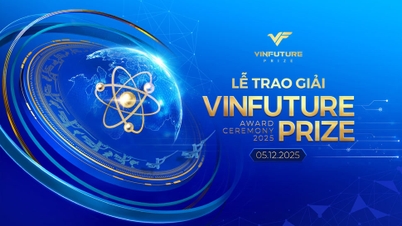

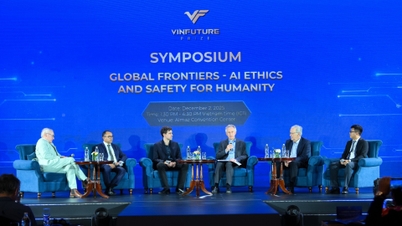







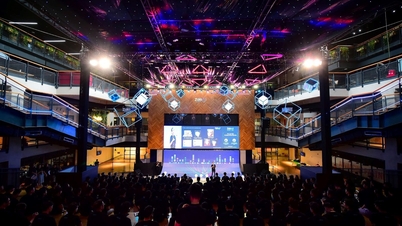


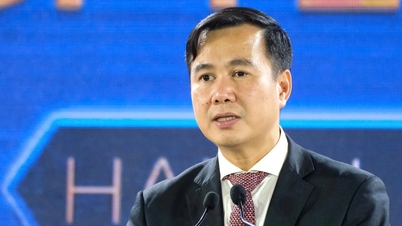




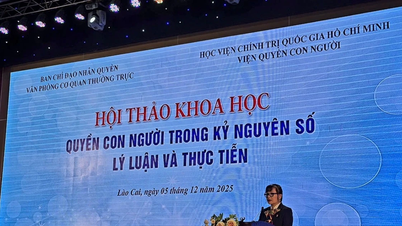

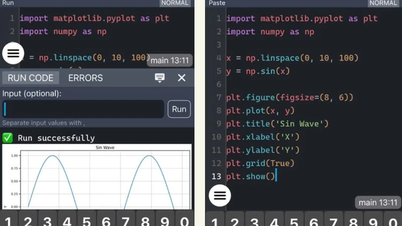

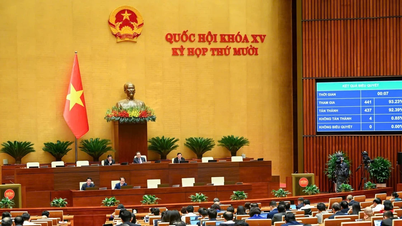















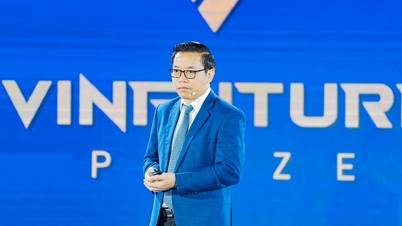

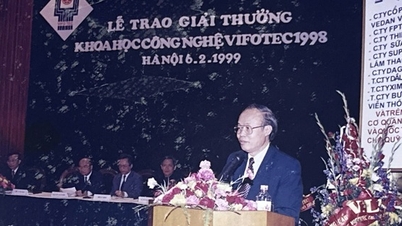



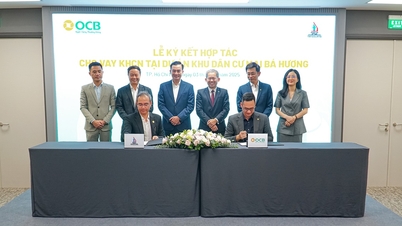

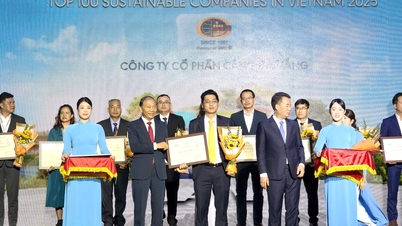
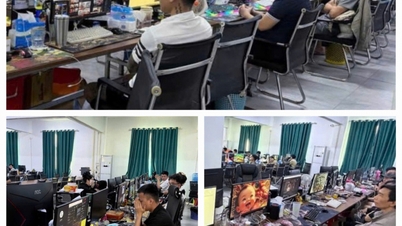
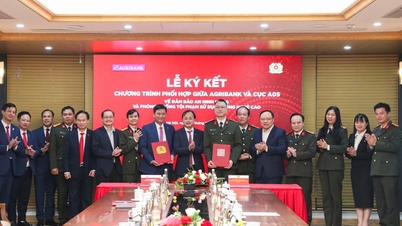

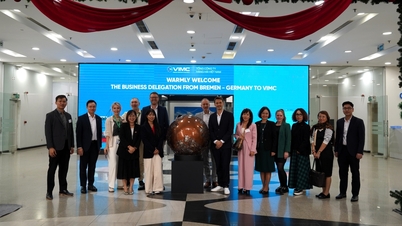
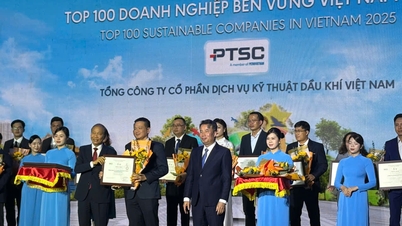






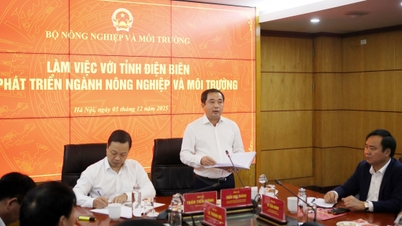





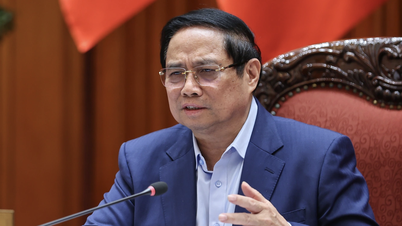
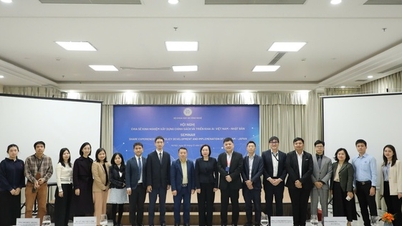
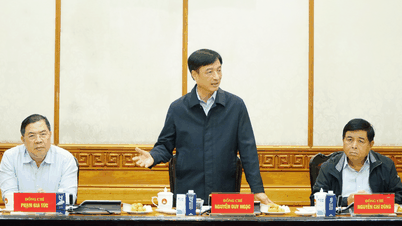

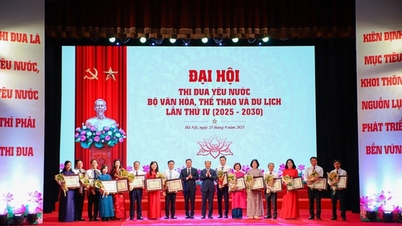

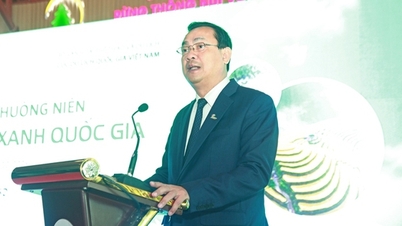
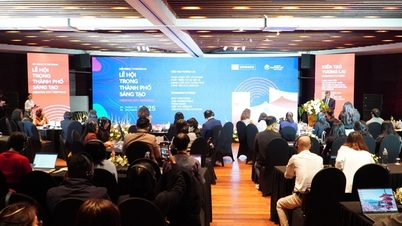

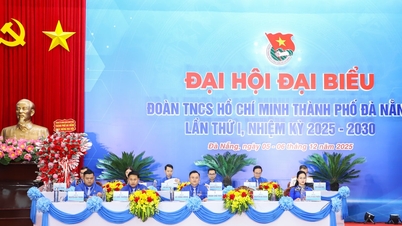


























Comment (0)